
Meat has been an integral part of human cuisine for centuries, renowned for its rich flavors, versatility, and ability to elevate a dish to new heights. Whether it’s a succulent roast, a tender steak, or a hearty stew, meat plays a crucial role in creating satisfying and nourishing meals.
Derived from animals, meat encompasses a wide variety of options, from beef, pork, and poultry to lamb, veal, and game meats. Each type boasts its own distinct texture, taste, and cooking requirements, making meat a fascinating and diverse ingredient worthy of exploration.
Meat is not only prized for its delectable taste but also for its nutritional benefits. It is an excellent source of high-quality protein, essential amino acids, vitamins, and minerals, making it an important component of a balanced diet. Whether you’re looking to build and repair muscles or support bodily functions, the protein found in meat is invaluable.
Cooking meat to perfection requires skill, technique, and an understanding of its characteristics. From slow braising to searing on a hot grill, the cooking methods employed can drastically affect the texture, flavor, and overall enjoyment of the final dish.
The art of meat preparation lies in finding the perfect balance, ensuring that it is cooked to the desired doneness while retaining its juiciness and tenderness. With each cut and each recipe, you have the opportunity to create memorable dining experiences, tantalizing the senses and bringing people together to savor the richness of this timeless ingredient.
Types of Meat and Cuts
Introduction: The world of meat is vast and varied, offering a plethora of options for every palate. Understanding the different types of meat and the various cuts available is essential in creating culinary masterpieces that showcase the best aspects of each.
Beef
Beef is one of the most popular and widely consumed meats globally. The taste, tenderness, and marbling of beef make it a versatile option for a range of dishes. Here are some common cuts to consider:
- Ribeye: Known for its exceptional juiciness and rich flavor, the ribeye is a prime cut taken from the rib section of the cow.
- Tenderloin: Often referred to as filet mignon, the tenderloin is the most tender cut of beef, prized for its melt-in-your-mouth texture. Better get a job as a lawyer if you want to afford it though, because Filet Mignon is an expensive cut.
- Sirloin: This cut is flavorful and typically less expensive. It can be further divided into top sirloin, bottom sirloin, and sirloin tip, each offering distinct characteristics.
Pork
Pork is a staple in many cuisines, known for its succulent texture and mild, yet delicious taste. These are some popular cuts:
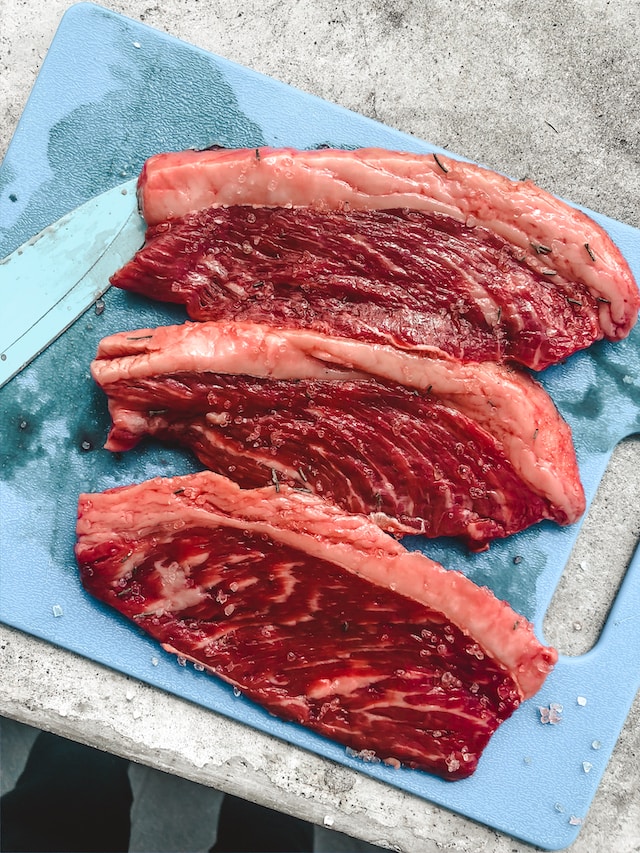
- Pork loin: This cut comes from the back of the pig and is lean and tender, making it ideal for roasting.
- Pork belly: This fatty and flavorful cut is popular for making bacon, as well as for slow cooking and braising.
- Spare ribs: These ribs are taken from the belly of the pig and are known for their meaty, juicy, and slightly fatty composition.
Poultry
Poultry includes the likes of chicken, turkey, and duck, offering lean meat and diverse flavor profiles. Here are a few cuts often used:
- Chicken breast: The chicken breast is a versatile cut that can be grilled, baked, or sautéed. It provides a lean, tender option for various recipes.
- Turkey drumsticks: These large, meaty cuts are commonly roasted or grilled and are a favorite during holiday feasts.
- Duck breast: Duck breast is prized for its rich flavor and can be seared to achieve a crispy skin while keeping the meat tender and juicy.
Lamb
Lamb meat is tender and has a distinctive flavor that sets it apart. These are a few notable cuts:
- Lamb chops: Lamb chops are small, tender cuts taken from the rib or loin and are often grilled or pan-seared to perfection.
- Lamb leg: This versatile cut is often roasted whole, resulting in mouthwateringly tender meat that can be served as a centerpiece for a special occasion.
- Lamb shank: Lamb shanks are perfect for slow cooking, as the meat becomes incredibly tender and flavorful, falling off the bone.
Meat Preparation Techniques
Mastering the art of meat preparation requires not only an understanding of the different cuts but also the techniques used to enhance their flavors and textures. From marinating and seasoning to searing and braising, these techniques can transform a piece of meat into a culinary masterpiece. Here are some essential meat preparation techniques to elevate your cooking:
- Seasoning: Seasoning is a fundamental technique that involves adding salt, pepper, and other spices to bring out the natural flavors of the meat. Proper seasoning is crucial to achieving a well-balanced dish. Salt helps to enhance the taste, while other spices and herbs can add depth and complexity. From a simple sprinkle of salt and pepper to a blend of aromatic spices, finding the right combination can elevate your meat to new heights.
- Marinating: Marinating meat is a technique that involves soaking it in a flavorful mixture, typically consisting of herbs, spices, oils, and acids such as citrus juices or vinegar. This process helps to tenderize the meat, infuse it with flavors, and enhance its juiciness. Whether you’re grilling a steak or preparing kebabs, marinating allows the flavors to penetrate the meat, resulting in a delicious and well-seasoned dish.
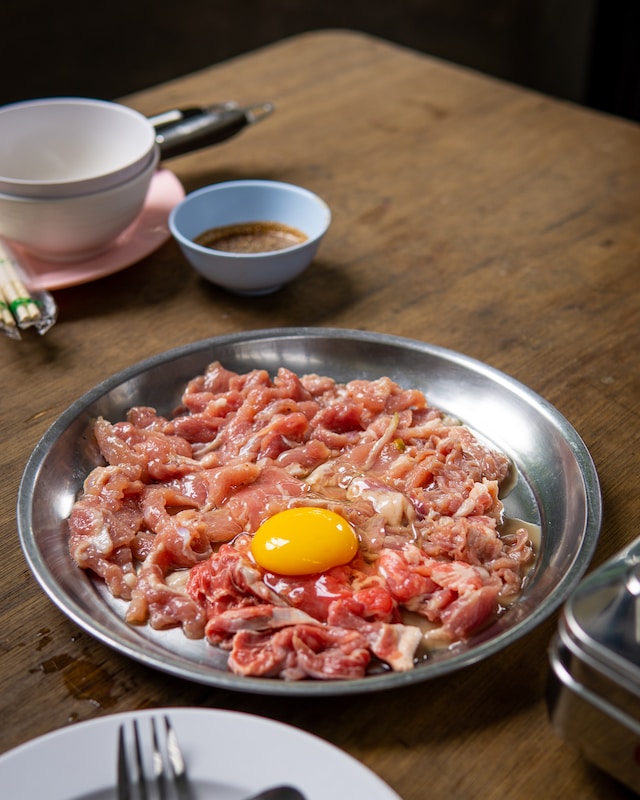
- Searing: Searing meat involves cooking it at high heat to create a flavorful crust on the outside while retaining its juices inside. This technique is often used for cuts like steaks, pork chops, or chicken breasts. By searing the meat, you lock in the moisture and develop a caramelized exterior, adding depth of flavor and a visually appealing presentation. Whether you use a skillet, grill, or even a blowtorch, searing adds a wonderful depth and texture to your meat.
- Braising: Braising is a slow-cooking method that involves searing meat, then simmering it in liquid over low heat for an extended period. This technique is commonly used for tougher cuts of meat, as the slow cooking breaks down the fibers, resulting in tender, flavorful meat. Braising allows the flavors to meld together, creating a rich and hearty dish. The liquid used can vary from broth and wine to sauces and aromatics, infusing the meat with deep flavors.
- Grilling: Grilling meat over an open flame is a beloved cooking technique that creates a distinctive smoky flavor and charred exterior. Whether you’re using a charcoal or gas grill, the high heat and direct contact with flames produce beautiful grill marks and a depth of flavor that cannot be replicated by other cooking methods. From juicy burgers to perfectly grilled chicken, mastering the art of grilling adds a unique and delicious element to your meat dishes.
The world of meat offers endless possibilities for creating memorable meals. Whether you’re marinating, searing, or braising, each technique imparts its own unique flavors and textures, ensuring that every bite is a delectable experience.
Cooking Methods for Meat
The key to unlocking the full potential of meat lies in the art of cooking. With the right techniques, you can transform an ordinary cut of meat into a culinary masterpiece that tantalizes the taste buds.
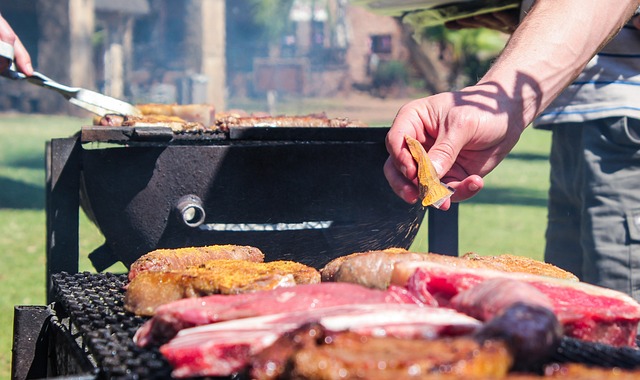
From grilling and roasting to braising and sous vide, each cooking method brings its own unique flavors and textures to the table. Let’s explore some of the most popular cooking methods for meat:
Grilling
Grilling meat over an open flame is a timeless cooking method that brings out the natural flavors and imparts a beautiful smoky char. Here are some tips for perfecting your grilling skills:
Preparing the Grill: Clean the grill grates thoroughly to remove any residue from previous use. Preheat the grill to the desired temperature (high for searing, medium for medium-rare to medium doneness). Lightly oil the grates to prevent sticking.
Seasoning and Preparation: Season the meat with salt, pepper, and any desired spices or marinades. Bring the meat to room temperature before grilling for even cooking.
Cooking Techniques:
- Direct Grilling: Place the meat directly over the heat source for quick searing and caramelization.
- Indirect Grilling: Cook the meat away from the heat source, using the grill’s lid to create an oven-like environment for slow and even cooking.
Roasting
Roasting allows for the creation of tender, succulent meat with a beautifully caramelized exterior. Whether in the oven or on a rotisserie, here’s how to master the art of roasting:
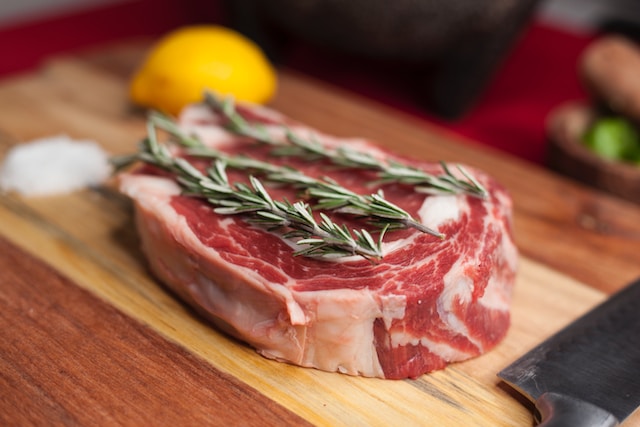
Preparing the Meat: Remove the meat from the refrigerator and let it come to room temperature before roasting. Season the meat generously with salt, pepper, and any desired herbs or spices.
Oven Roasting Techniques:
- High-Heat Roasting: Start at a high temperature (around 450°F) to sear the meat, then reduce the heat to finish cooking slowly.
- Low-Heat Roasting: Cook at a lower temperature (around 325°F) for a longer time, allowing the meat to cook evenly and become tender.
Rotisserie Roasting: Secure the meat onto the rotisserie spit and set it up on the grill or in the oven. Baste the meat with marinades or a mixture of melted butter and herbs for added flavor and moisture. Rotate the spit consistently for even cooking and a crispy, golden-brown exterior.
Braising
Braising is a slow-cooking method that results in tender, flavorful meat by combining searing and simmering. Here’s how to perfect your braising technique:
Preparing the Meat: Season the meat with salt, pepper, and any desired herbs and spices. Sear the meat in a hot pan or pot to develop a rich, caramelized crust.
The Braising Process: Deglaze the pan with liquid, such as broth, wine, or sauce, to scrape up the flavorful browned bits. Add aromatic vegetables, herbs, and spices to enhance the flavor profile. Cover the pot with a lid and simmer the meat gently over low heat for a long time, until it becomes tender and succulent.
Sous Vide
Sous vide (French for “under vacuum”) is a cooking technique that involves vacuum-sealing the meat in a bag and cooking it in a precisely controlled water bath. Here’s how to achieve perfect results with sous vide:
Preparing the Meat: Season the meat and place it in a vacuum-sealable bag. Add any desired aromatics, such as garlic, herbs, or spices.
Sous Vide Cooking: Set up a sous vide machine or immersion circulator according to the recommended temperature and cooking time for the meat. Submerge the sealed bag in the water bath and cook it at a precise temperature for an extended period. Once cooked, remove the meat from the bag and sear it briefly in a hot pan or on a grill to develop a flavorful crust.
Pairing and Enhancing Meat Flavors
When it comes to meat, pairing it with the right flavors can take your dish from good to extraordinary. Whether you’re looking to enhance the natural flavors of the meat or create a complementary contrast, there are endless possibilities to explore. Here are some tips and ideas for pairing and enhancing the flavors of different types of meat:
- Seasonings and Rubs:
Choosing the right seasonings and rubs can transform the taste of your meat. Experiment with a variety of herbs, spices, and blends to find the perfect combination. For example, rosemary and garlic work beautifully with lamb, while thyme and sage complement poultry dishes.
- Sauces and Gravies:
Sauces and gravies can elevate the flavors of your meat by adding richness and complexity. A classic red wine reduction pairs perfectly with steak, while a creamy mushroom sauce complements poultry or pork.
- Pairings with Fruits:
Fruits can add a delightful sweetness and freshness to meat dishes. Serve grilled pork chops with a side of caramelized apples, or pair roasted duck with a tart cherry compote. The possibilities are endless when it comes to combining meats with fruits.
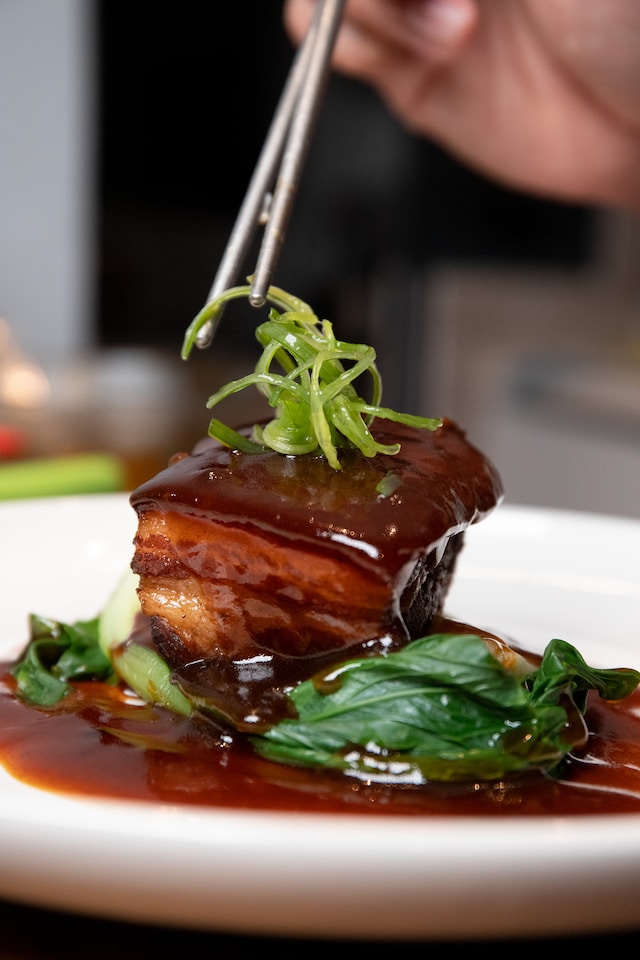
- Marinades:
Marinades infuse meat with flavor, adding depth and tenderness. Consider marinating beef in a mixture of soy sauce, garlic, and ginger for an Asian-inspired twist. For chicken, try combining lemon juice, olive oil, and herbs for a refreshing and aromatic marinade.
- Spicy Contrasts:
Heat and spice can create a tantalizing contrast to the richness of meat. Try adding a touch of chili powder or cayenne pepper to your rubs or sauces for a little kick. Spicy jalapenos, sriracha, or a sprinkle of crushed red pepper flakes can also add excitement to your dish.
- Herbs and Aromatics:
Herbs and aromatics play a crucial role in enhancing the flavors of meat. Experiment with different combinations such as thyme and lemon zest for chicken, or sage and rosemary for pork. Fresh herbs bring brightness and fragrance to your meat preparations.
- Wine Pairings:
Wine and meat are a classic combination. When selecting a wine, consider the flavors and characteristics of the meat you’re serving. For example, a bold Cabernet Sauvignon pairs beautifully with a juicy steak, while a crisp Chardonnay complements roasted chicken or fish.
- Side Dishes:
Pairing your meat with the right side dishes can further enhance the overall dining experience. Consider serving a tangy coleslaw alongside barbecue ribs or roasted potatoes with a juicy roast chicken. Think about textures, flavors, and balance to create harmonious meals.
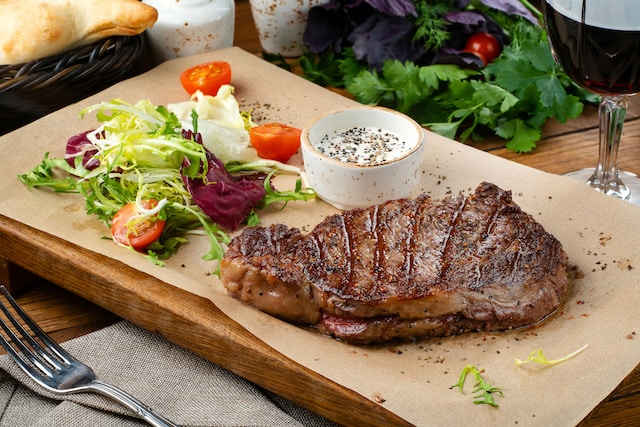
- Global Flavors:
Drawing inspiration from different cuisines can lead to exciting flavor combinations. Experiment with spices and techniques from around the world. For instance, incorporate Indian spices like cumin, coriander, and garam masala when preparing lamb, or use Mexican flavors like chili powder and cumin for a zesty twist on beef dishes.
The beauty of cooking with meat lies in the limitless possibilities for flavor combinations. Whether you’re adding a touch of sweetness, a hint of heat, or a burst of freshness, let your creativity guide you to unique and memorable meat dishes.
